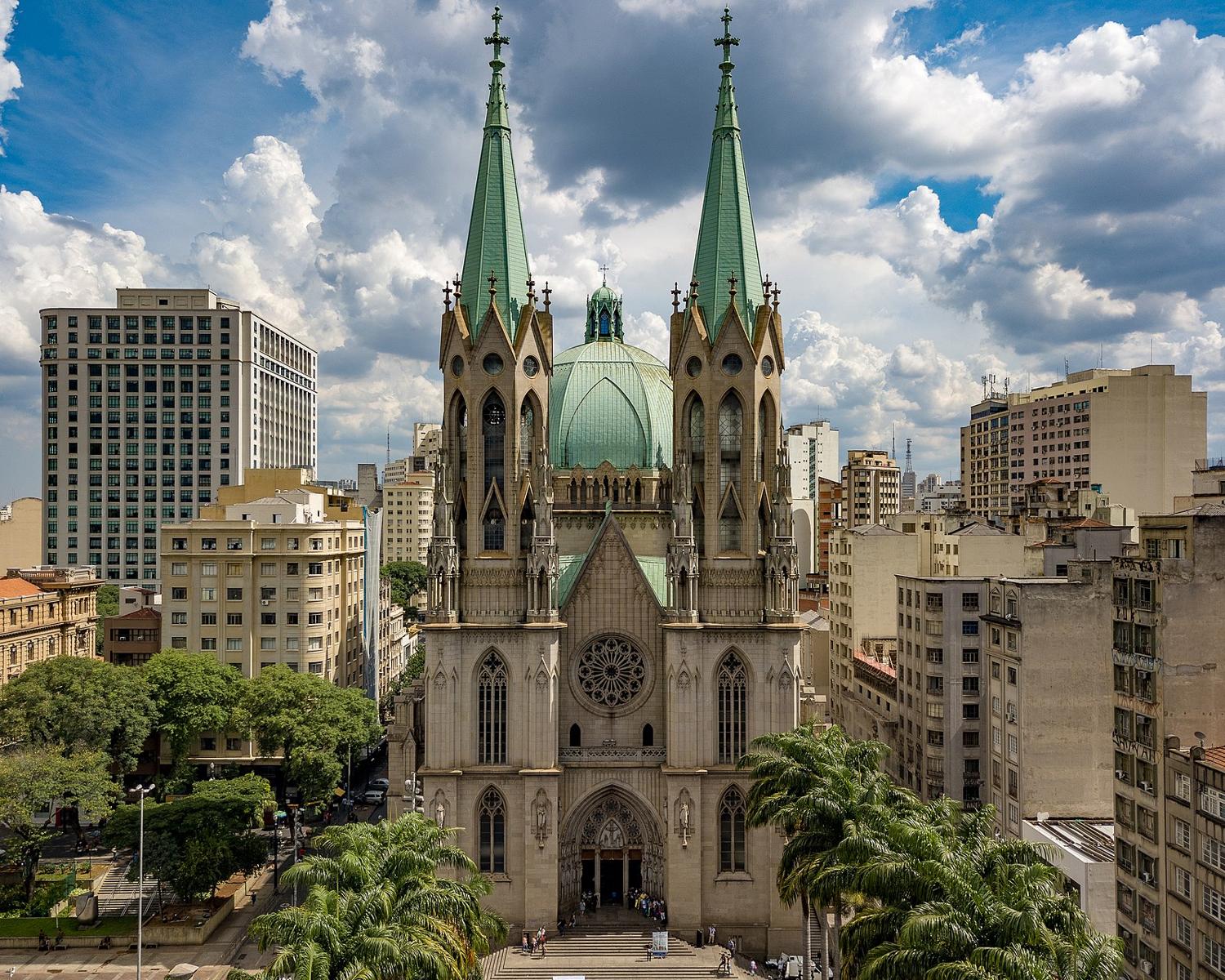As the largest city in Brazil and one of the most vibrant urban centers in the world, São Paulo offers an exhilarating mix of culture, cuisine, and cosmopolitan energy. Whether you’re a first-time visitor or a seasoned traveler, São Paulo beckons with its dynamic neighborhoods, world-class museums, and diverse culinary scene. This travel guide will help international visitors navigate the city with ease, uncover its top attractions, master basic language essentials, and embrace its unique cultural nuances.
Table of Contents
Getting Around São Paulo: Transportation Tips
São Paulo is a sprawling city with a population of over 12 million people, so understanding the transportation system is key to making the most of your visit.
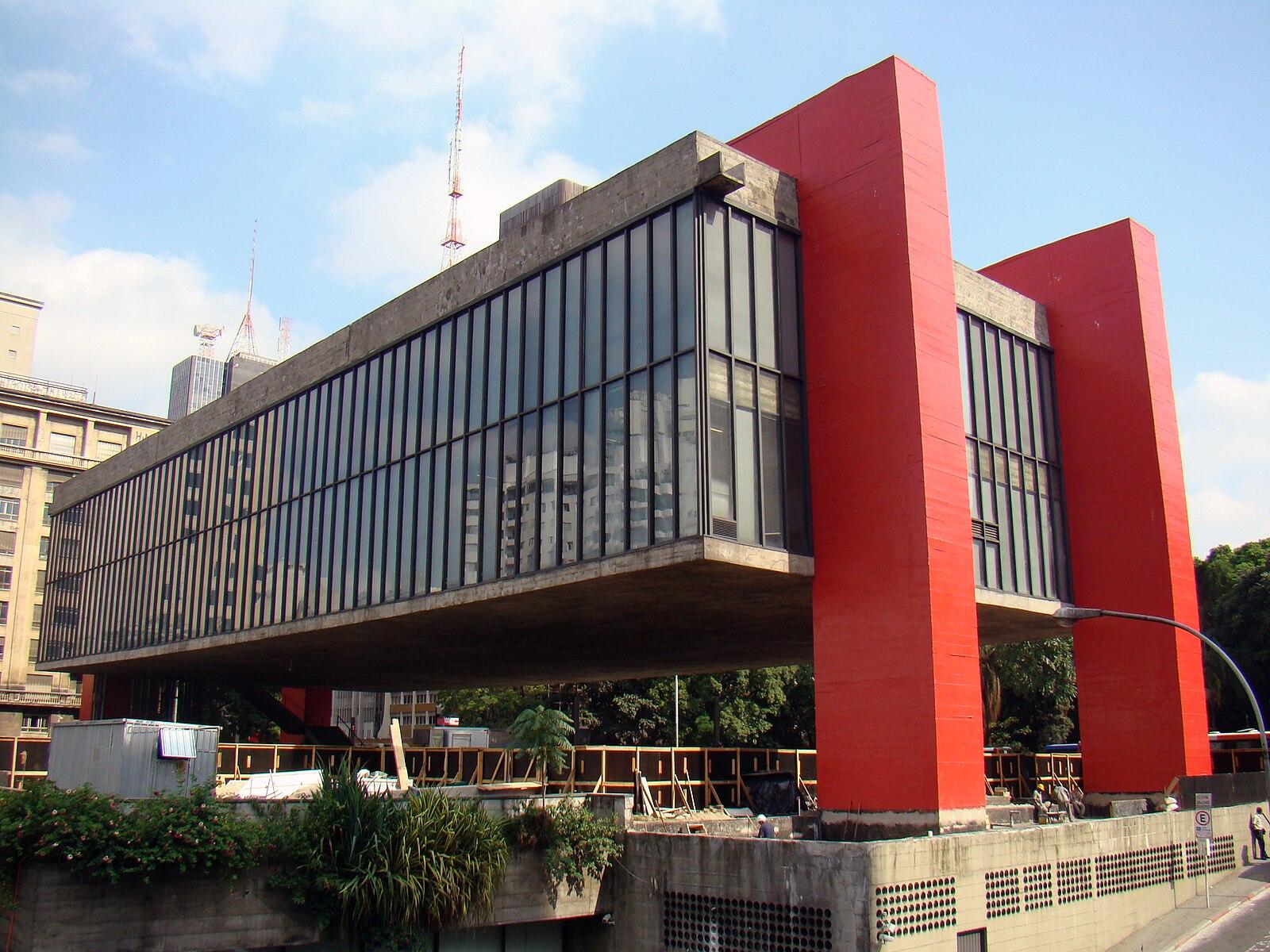
Metro and Train System
The São Paulo Metro (Metrô) is the fastest and most efficient way to get around the city, connecting major neighborhoods and business districts. It operates from early morning until around midnight, with trains arriving every few minutes during peak hours.
- Lines: There are currently six metro lines (Lines 1 to 5, plus Line 15 which is a monorail).
- Tickets: You can purchase single-ride tickets or rechargeable cards called “Bilhete Único” at stations, which offer discounted fares and work on buses too.
- Safety: The metro is generally safe, but keep an eye on your belongings during busy times like rush hour.
Bus Network
São Paulo has an extensive bus network that reaches areas not covered by the metro. The Bilhete Único card is essential for bus travel, enabling you to transfer between buses and metro lines without paying multiple fares within a short time frame.
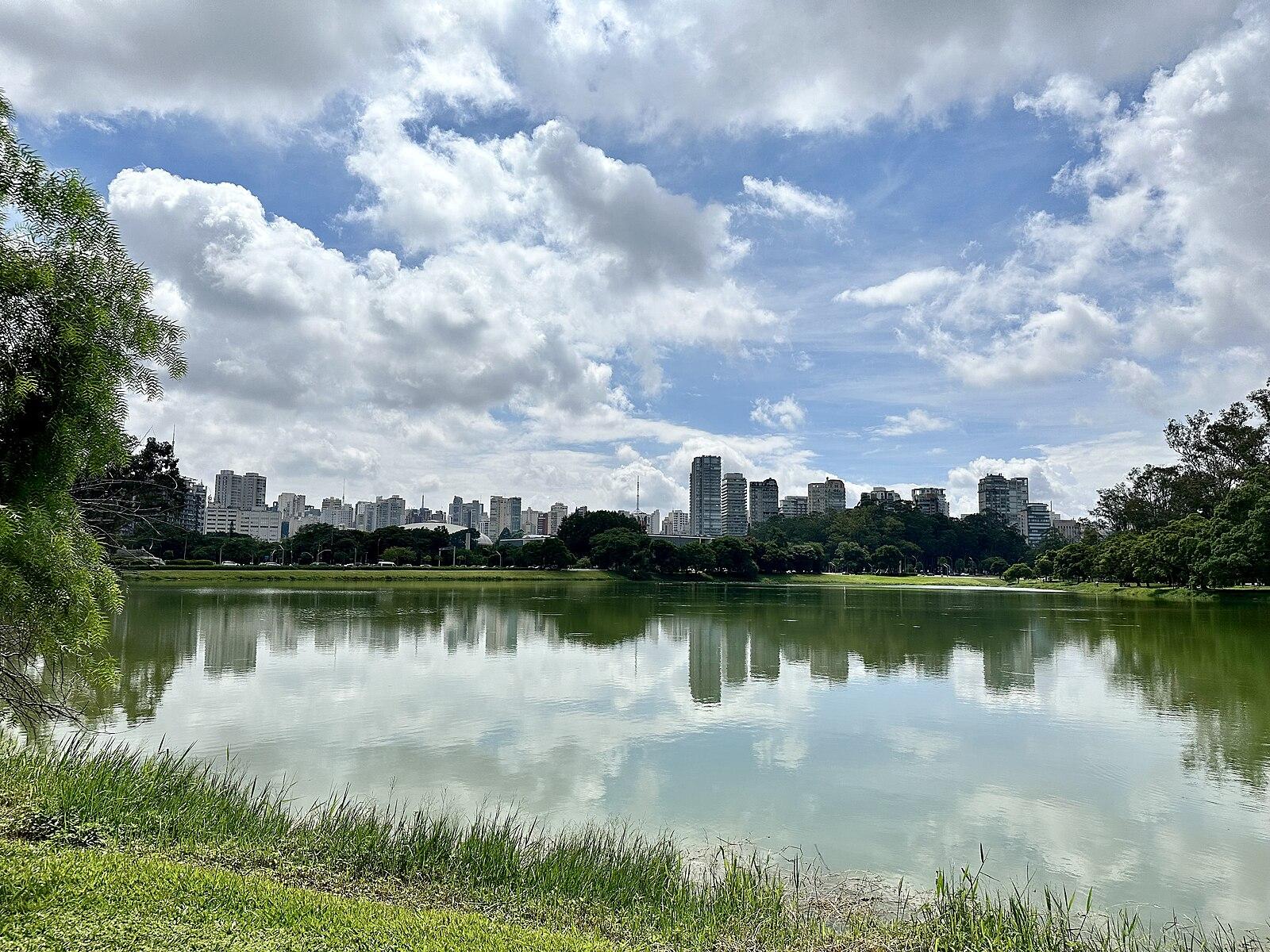
- Buses can get stuck in traffic especially during peak hours, so allow extra travel time.
- Using navigation apps like Moovit or Google Maps helps in planning bus routes efficiently.
Taxi and Ride-Sharing
Taxis are widely available and safe, but ride-sharing apps like Uber, 99, and Cabify tend to be more affordable and convenient for tourists. Make sure to confirm the car license plate and driver details before entering the vehicle.
Walking and Biking
Downtown areas like Avenida Paulista and Vila Madalena are walkable and filled with galleries, shops, and cafes. São Paulo also has a growing network of bike lanes and a public bike-sharing program called “Bike Sampa.” Consider renting a bike for short trips, but always be cautious of traffic.

Top Attractions to Explore in São Paulo
With so much to see and do, here are some must-visit highlights that capture the essence of São Paulo’s culture, history, and vibrancy.
1. Avenida Paulista
The beating heart of the city, Avenida Paulista is a bustling avenue lined with skyscrapers, cultural institutions, and shopping centers. It’s a hub for business by day and a lively social spot by night.
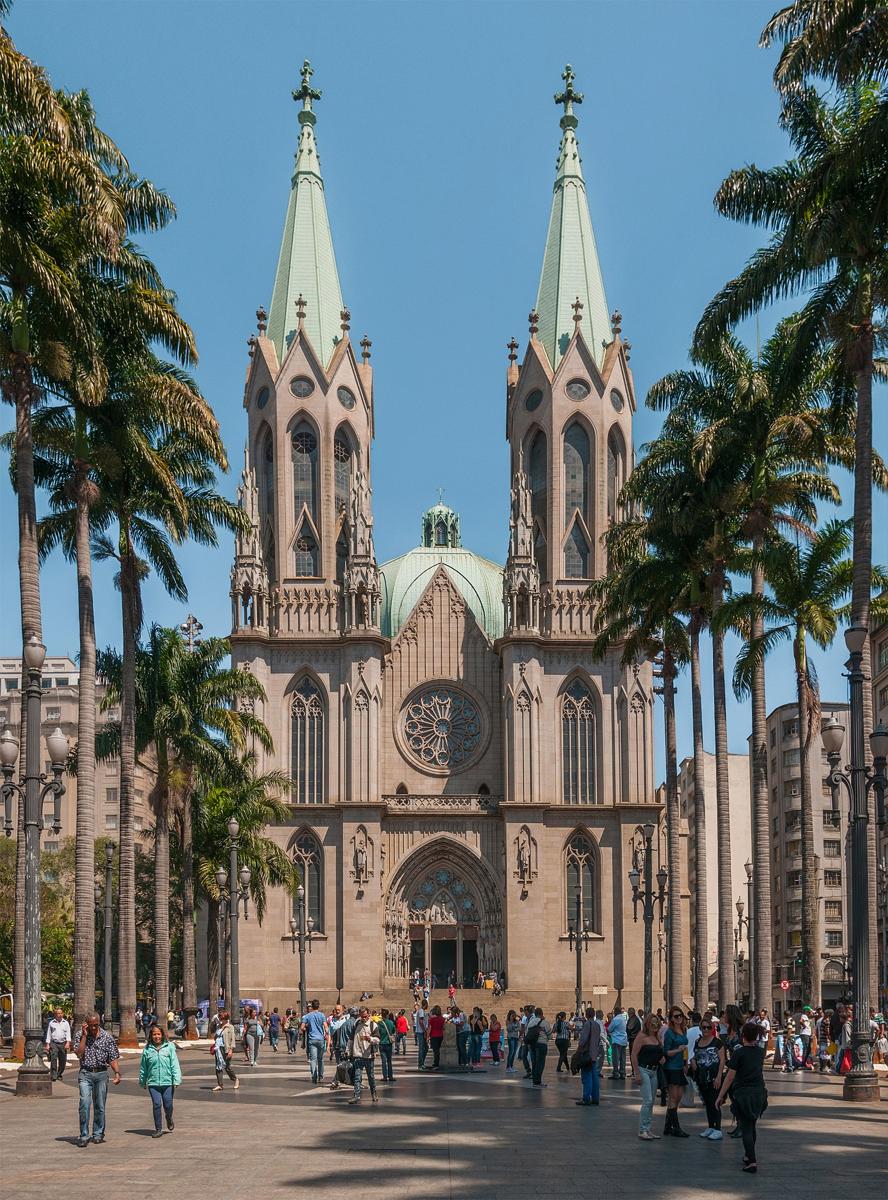
- Museu de Arte de São Paulo (MASP): Home to one of Latin America’s finest art collections, this museum is famous for its striking architecture with a glass-and-concrete design.
- Street Fairs: On Sundays, Avenida Paulista closes to traffic and becomes a pedestrian zone filled with street musicians, food vendors, and performers.
2. Ibirapuera Park
Often called São Paulo’s equivalent of Central Park, this sprawling green space offers a peaceful retreat from the urban hustle. The park features lakes, bike paths, modern art museums, and an outdoor auditorium.
- Museu de Arte Moderna (MAM): Showcasing Brazilian and international modern art in a beautiful lakeside setting.
- Auditório Ibirapuera: Designed by renowned architect Oscar Niemeyer, this venue hosts concerts and cultural events.
3. São Paulo Cathedral (Catedral da Sé)
Located in the historic city center, this neo-Gothic cathedral is one of the largest churches in Brazil. Its beautiful stained-glass windows and towering spires make it a stunning architectural landmark.
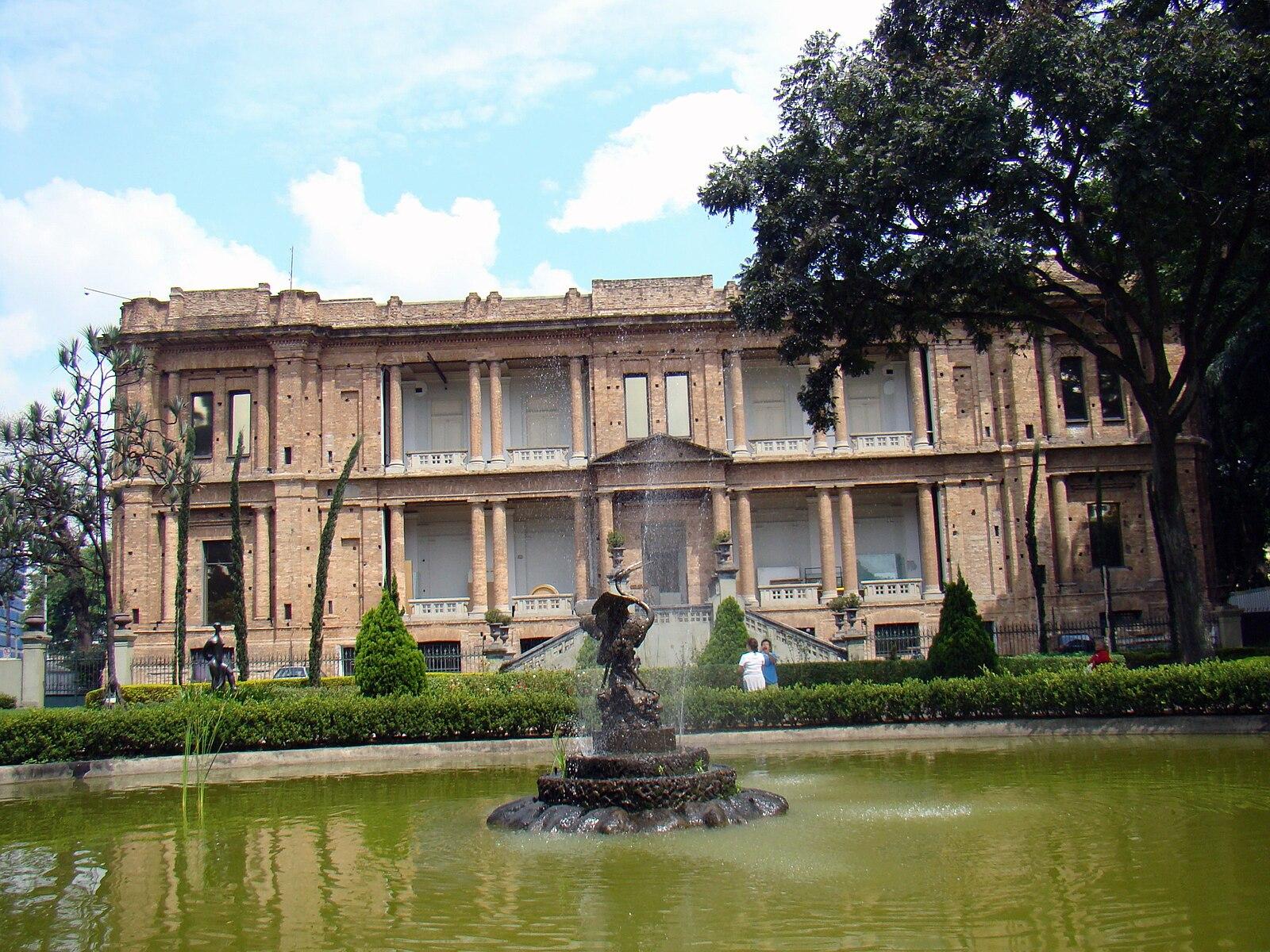
4. Mercado Municipal (Municipal Market)
Food lovers shouldn’t miss the Mercado Municipal, a bustling market famous for its fresh produce, exotic fruits, and legendary street food like the “mortadella sandwich.” Taste local specialties, mingle with vendors, and absorb the lively atmosphere.
5. Vila Madalena
This bohemian neighborhood is popular for its colorful street art, trendy bars, and artisan shops. Don’t miss the graffiti gallery Beco do Batman — an ever-evolving outdoor art space perfect for Instagram-worthy photos.
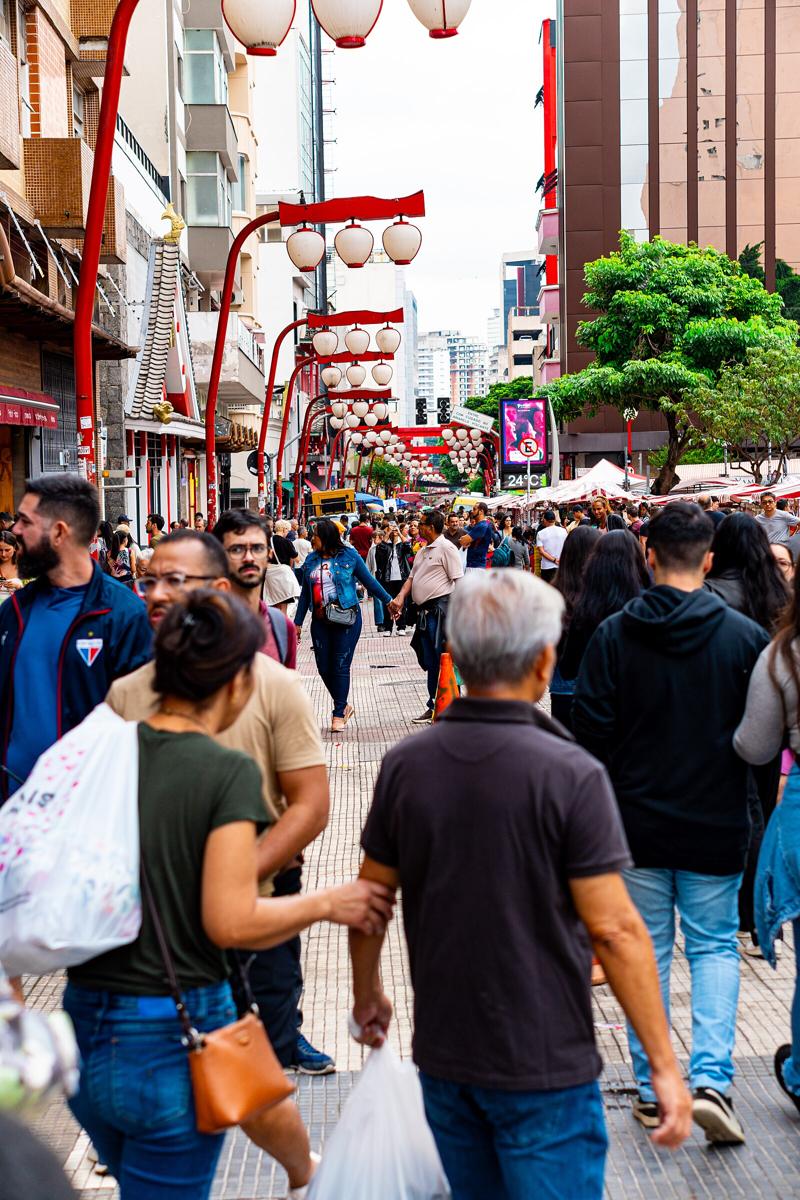
6. Pinacoteca do Estado
One of Brazil’s most important art museums, the Pinacoteca houses an extensive collection of Brazilian art from the 19th century to contemporary pieces. The museum building itself is an impressive example of São Paulo’s architectural heritage.
7. Liberdade Neighborhood
Experience São Paulo’s Japanese influence in Liberdade, home to the largest Japanese community outside Japan. Wander through markets selling Asian goods, sample authentic sushi and ramen, and visit traditional festivals if your timing aligns.

Language Tips for International Visitors
Portuguese is the official language of Brazil, and while São Paulo is highly cosmopolitan, knowing some basic words and phrases can enrich your experience and help you navigate the city more comfortably.
Essential Portuguese Phrases
- Olá (oh-LAH) – Hello
- Por favor (por fah-VOR) – Please
- Obrigado / Obrigada (oh-bree-GAH-do / oh-bree-GAH-dah) – Thank you (male/female speaker)
- Desculpe (des-KOOL-pee) – Sorry / Excuse me
- Fala inglês? (FAH-lah ing-GLAYS) – Do you speak English?
- Quanto custa? (KWAN-toh KOOS-tah) – How much does it cost?
- Onde fica …? (OWN-jee FEE-kah) – Where is …?
Pronunciation Note
Brazilian Portuguese pronunciation can be tricky for beginners but don’t worry — locals appreciate any effort you make to speak their language.
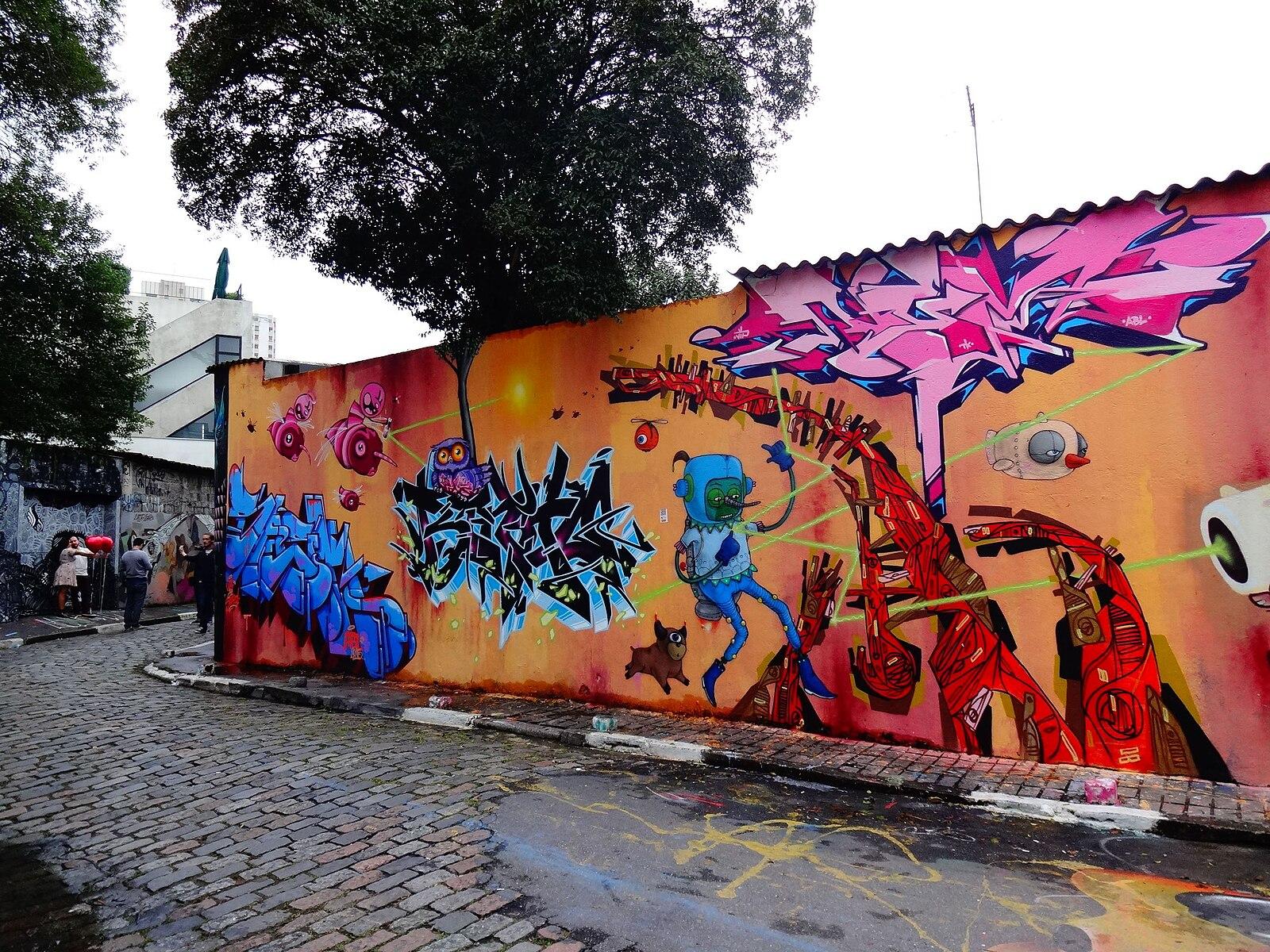
Cultural Do’s and Don’ts in São Paulo
Respecting local customs and etiquette will not only help you avoid awkward moments but also open doors to authentic connections with residents.
Do’s
- Greet people politely: A handshake or a light kiss on the cheek (most commonly one cheek in São Paulo) is customary in social settings.
- Dress smartly: São Paulo is a fashionable city. While casual wear is fine for sightseeing, smart casual attire is expected when dining out or going to theater and clubs.
- Use formal titles: When addressing someone older or in business settings, use “Senhor” (Mr.) or “Senhora” (Mrs./Ms.) with their last name.
- Taste local cuisine: Don’t miss trying Brazilian staples such as feijoada (black bean stew), pão de queijo (cheese bread), and brigadeiro (chocolate truffle).
Don’ts
- Don’t discuss politics intensively: Politics can be a sensitive topic. If discussing, keep it light and respectful.
- Avoid overt public displays of wealth or flashy jewelry: Though São Paulo is wealthy, this can attract unwanted attention.
- Don’t expect cash to be accepted everywhere: Credit and debit cards are widely used, but it’s good to carry some cash for small vendors or markets.
- Don’t forget to watch your belongings: Like all major cities, be mindful of pickpockets, especially in crowded tourist areas and public transportation.
Final Tips for a Memorable São Paulo Trip
- Plan your itinerary carefully: São Paulo’s traffic can be challenging, so cluster nearby attractions together to save time.
- Stay hydrated and wear sunscreen: The tropical climate means it can get hot and sunny, especially from October to March.
- Embrace the nightlife: São Paulo is known for its vibrant after-dark culture — from samba clubs to rooftop bars, evenings here are full of energy and variety.
- Learn a few dance steps: Whether samba, forró, or funk carioca, trying out local dances is a fun way to engage with the culture.
With its compelling mixture of tradition and innovation, São Paulo invites travelers to dive deep into Brazil’s richest urban experience. From world-class museums and gastronomic delights to the warmth of its people and colorful street life, this city offers memories that will last a lifetime. Pack your bags, brush up on a bit of Portuguese, and get ready to explore the energetic heart of Brazil!
Image credits
- Webysther 20190306143154 – Catedral Metropolitana de São Paulo by Webysther Nunes on Wikimedia Commons – cc by-sa 4.0
- MASP – Museu de Arte de São Paulo (3407308679) by Rodrigo Soldon from Rio de Janeiro, Brazil on Wikimedia Commons – cc by 2.0
- Parque Ibirapuera with the skyline of São Paulo in the background by Slyronit on Wikimedia Commons – cc by-sa 4.0
- Mercado Municipal de São Paulo – interno by Renato Santiago Rodrigues on Wikimedia Commons – cc by-sa 4.0
- Catedral da Sé em São Paulo by Wilfredor on Wikimedia Commons – cc0
- Pinacoteca do Estado de São Paulo (3400060457) by Rodrigo Soldon from Rio de Janeiro, Brazil on Wikimedia Commons – cc by 2.0
- Praça da Liberdaed 2024 03 24 by Tet on Wikimedia Commons – cc by 4.0
- Estádio do Pacaembu entrance-2007-10-02 by https://www.flickr.com/people/marilaneborges/ on Wikimedia Commons – cc by 2.0
- Grafite no Beco do Batman 1 by Roger de Miranda Guedes on Wikimedia Commons – cc by-sa 4.0
